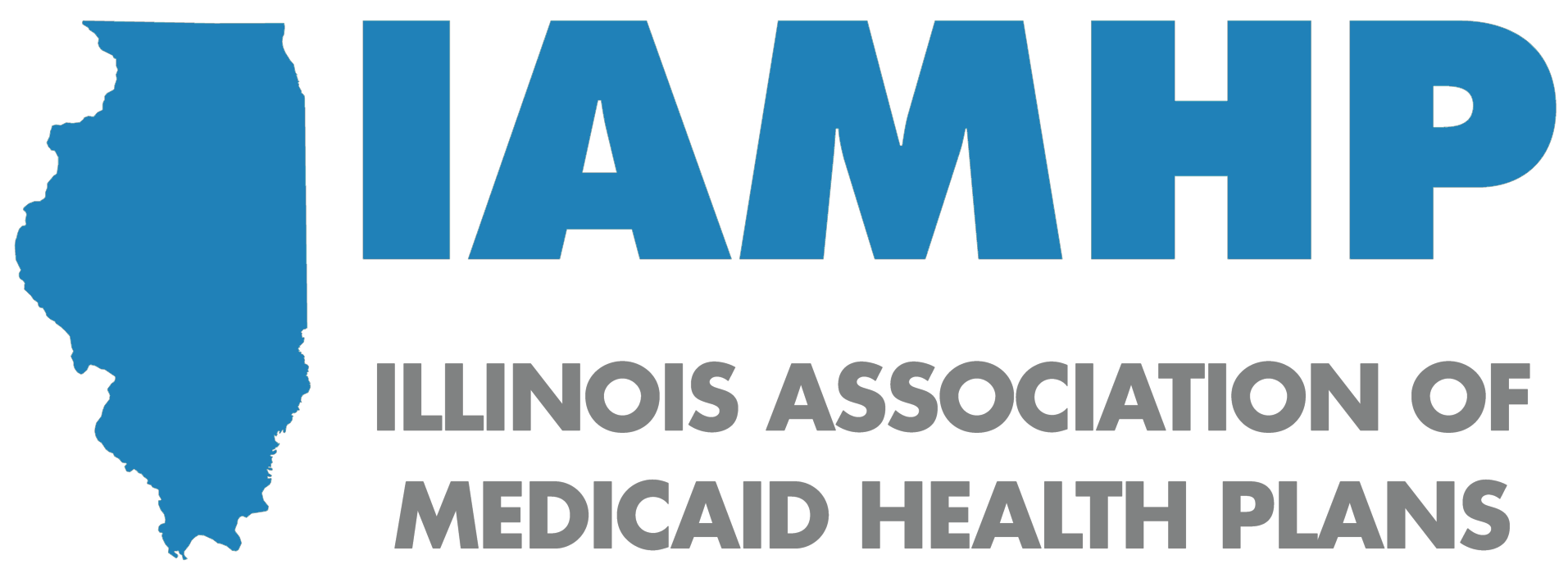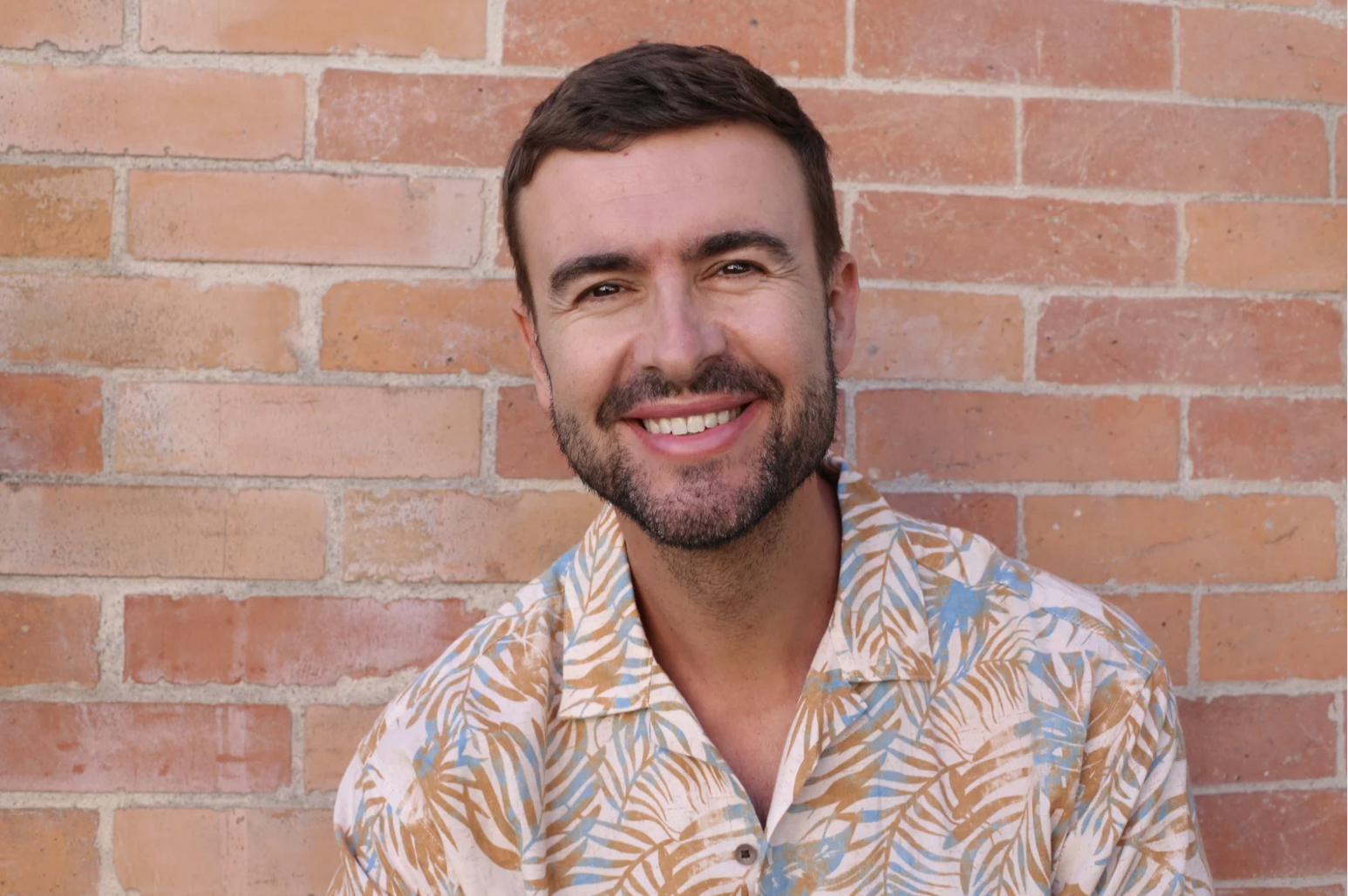Aetna Member Story

Aetna's Care Coordination Team Renews Hope For An Isolated Member
Thirty-three-year-old Parker Smith had lost hope. Parker suffers from bipolar disorder and Leigh’s disease, a very rare autoimmune condition. A side effect of the disease are severe headaches, which Parker complains of often. He lives at home with his mother, just the two of them.
He described his relationship with his mother as them having raised each other because his mother didn’t know much about his conditions, nor did he, but they both learned together throughout the years.
Along with his physical conditions, Parker suffered from symptoms of depression that stemmed from feelings of isolation and loneliness. His mother works outside of the home and was often gone for most of the day, leaving Parker alone at home, with no one to talk to and no means of transportation.
He said the only person he saw consistently outside of his mother was the mail woman whom he had developed a friendly relationship with. Parker expressed to his mother many times that he needed to meet more people because the constant isolation he was experiencing made him feel hopeless about the future.
Unfortunately, a habit he developed was threatening to kill or harm his mother. In the beginning, Parker’s mother would ignore his threats, however, after some time, she started to notice some of his advances becoming more serious in nature, so fearing for his safety, she called and had him hospitalized.
During his hospital stay, Parker engaged frequently with Aetna’s care coordination team, and they were able to learn more about him, his needs and what was going on at home. At 33 years-old, Parker felt like he didn’t have many friends, and he just wanted to meet new people that he could talk to.
During his stay in the hospital, Parker worked closely with behavioral staff at Aetna. They helped him to see how his behavior could deter people from wanting to interact with him. As a result, Parker became more aware of himself and subsequently became very active in groups, attending them regularly.
He said he found the social interaction component of his inpatient care something that he had been missing for a long time. Parker began forming friendly relationships with other patients and staff and even got to a point where he was able to lead some of the group discussions.
Since one of Parker’s main issues was that he often felt sad and alone, the behavioral health staff on the Aetna team made sure to remain consistent in outreaching him via phone calls so that he knew when he could expect their calls.
The care coordination team made sure to include him while discussing discharge plans and connected him with doctors and specialists in the community that could see him post discharge to help manage his Leigh's disease, including addressing the severe headaches he was experiencing.
Aetna’s care coordination team also:
- Ensured transportation was provided to and from his appointments.
- Connected him with a facility that would offer him a day program where he could participate and give back to the community.
(He was able to attend three days a week which helped to address his feelings of isolation while his mother was away at work). - Worked on getting him setup with home health services so that if something were to happen at home and he couldn’t get to a provider, one could come to him.
“The work that we do touches lives, but it’s really nice when you get a chance to see how transformational it is, and in this case, I really felt that way,” said Philip Montgomery, Care Coordinator at Aetna Better Health.
*Names changed to protect privacy










